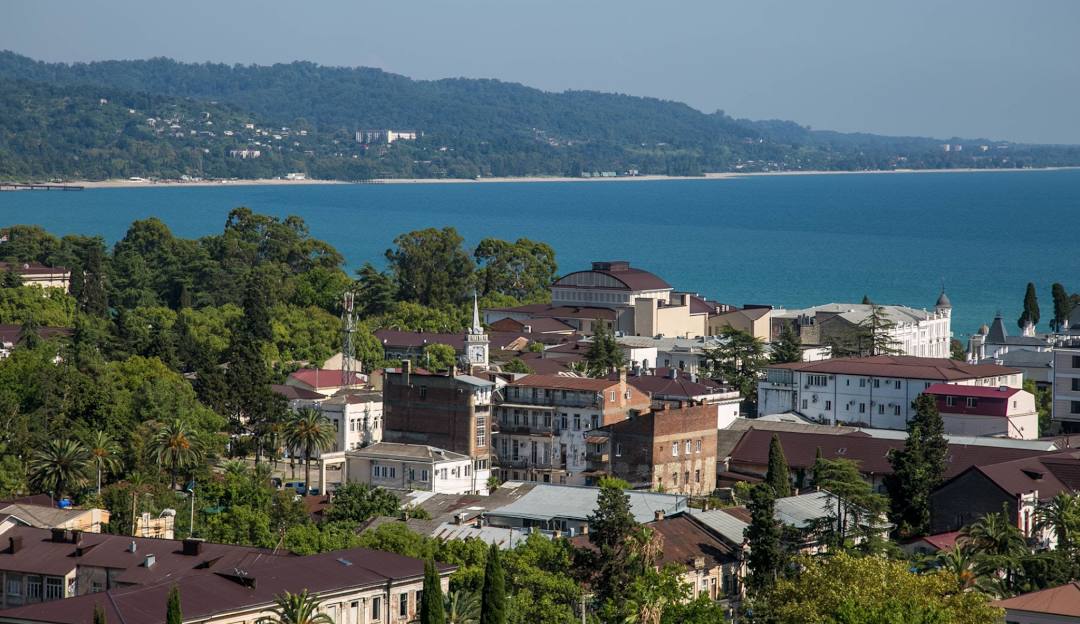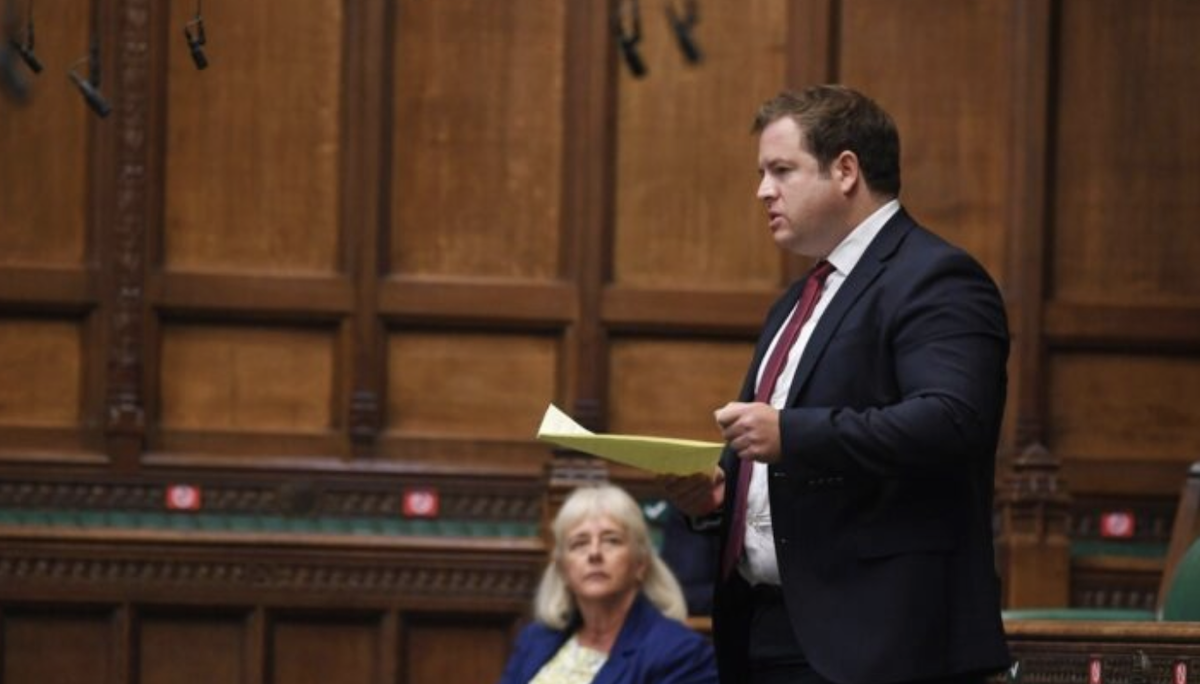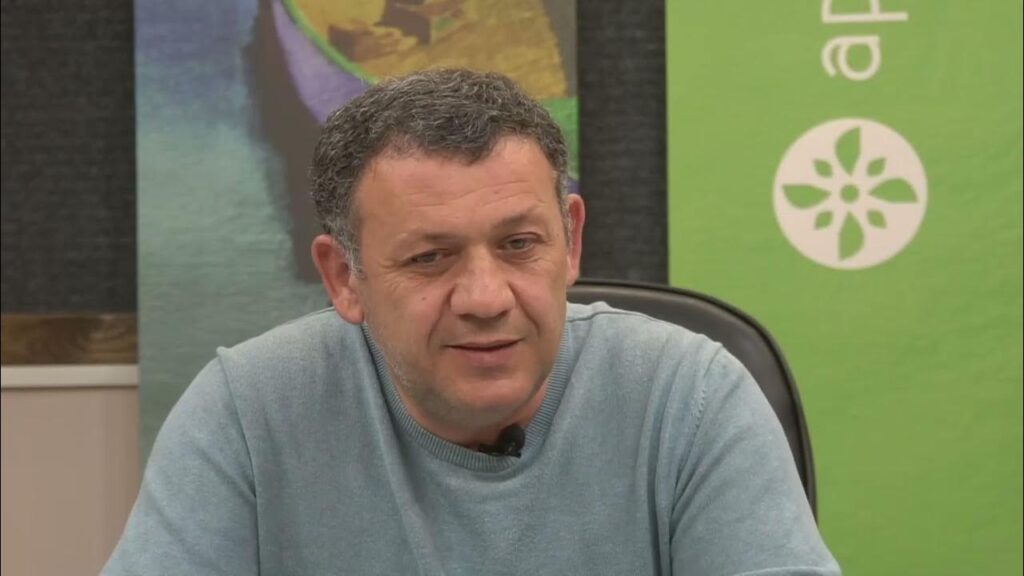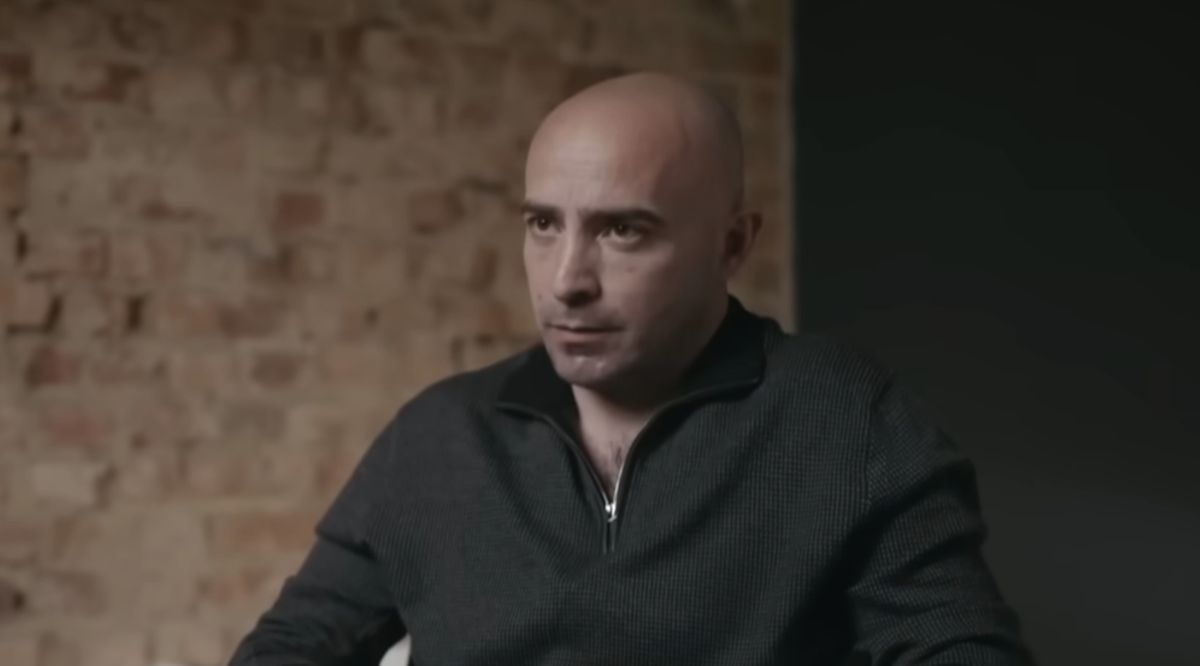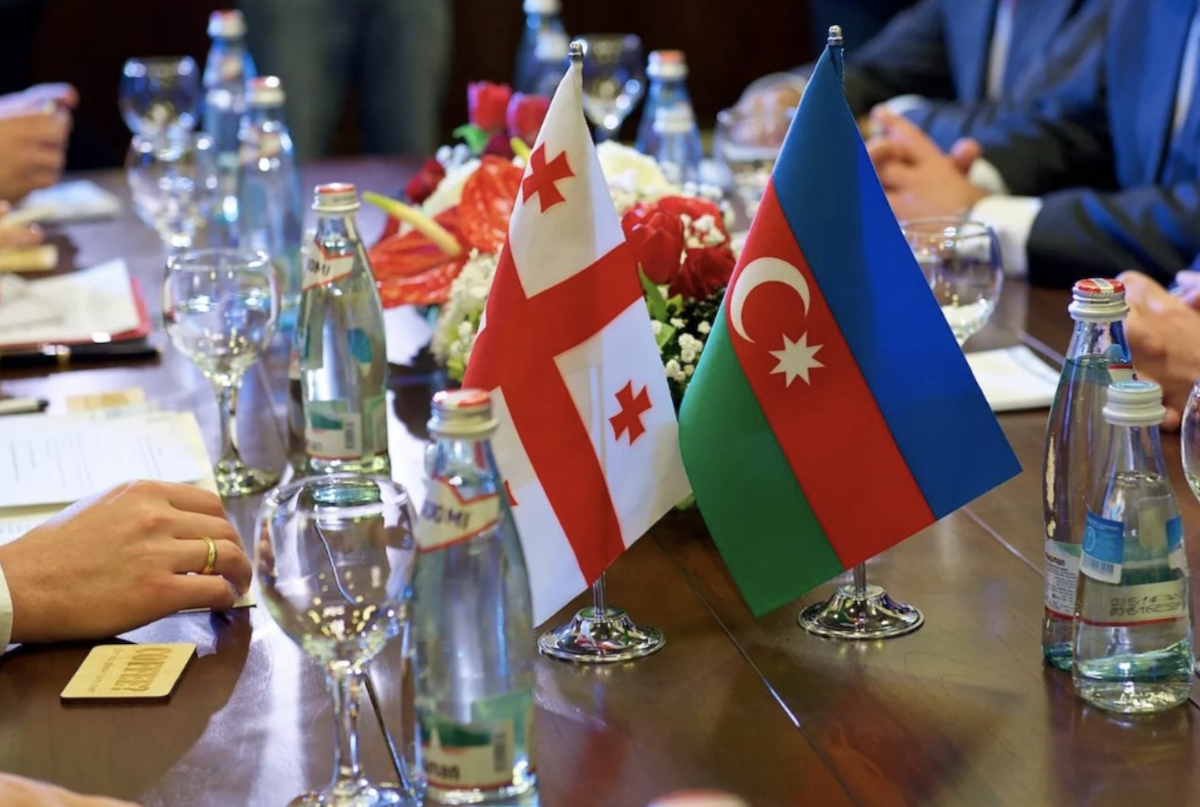Armenian, Azerbaijani FMs meet in New York – negotiations deadlocked?
The Foreign Ministers of Armenia and Azerbaijan met in New York on September 23. The talks were held with the participation of the co-chairs of the OSCE Minsk Group. The parties agreed to hold another meeting in the near future.
There is no text of the statement on behalf of the co-chairs on the website of the OSCE Minsk Group.
What the ministers talked about
There is not much information about what the ministers spoke about. In particular, a statement circulated by the Armenian Foreign Ministry said that the parties discussed the process of resolving the Karabakh conflict and assessed the current situation.
The Armenian side emphasised the need for efforts to strengthen the ceasefire and reduce tension on the contact line. The Armenian Foreign Minister stated that it is necessary to ensure the return of Armenian citizens detained in Azerbaijan to their homeland.
Earlier, Azerbaijan offered Armenia an exchange of four prisoners: two on each side. This included Karen Ghazaryan, sentenced in Azerbaijan to 20 years in prison. In Azerbaijan he is considered a ‘saboteur’, and in Armenia – a mentally unhealthy person. The second Armenian citizen who is in Azerbaijan is soldier Arayik Ghazaryan. According to the Azerbaijani account, the soldier escaped from his military unit due to inhuman treatment, while in Armenia the authorities say he got lost.
Azerbaijanis Dilgam Askerov and Shahbaz Quliyev in Karabakh were sentenced to life imprisonment and 22 years in prison on charges of murder, espionage and abduction, and in Azerbaijan they believe that they traveled to the territory controlled by Armenia to visit the graves of their ancestors.
The issue of creating an atmosphere of trust was also discussed at the meeting, including through the implementation of the agreements that were reached earlier.
Apparently, this means the results of the meeting between FMs Zohrab Mnatsakanyan and Elmar Mammadyarov in Moscow in April 2019. The traditional joint statement published after the ministerial meeting said:
“The foreign ministers of Azerbaijan and Armenia confirmed the intention of the parties to continue efforts to resolve the Nagorno-Karabakh conflict by political and diplomatic means. Interest was noted in the further stabilisation of the situation in the conflict zone, in particular, during agricultural work.
“They also agreed on a reciprocal basis to take measures to allow relatives to be detained on the territory of the parties. The ministers expressed their readiness to begin practical work on establishing contacts between people, including mutual visits of media representatives.”
About the previous meeting
The last meeting of Mnatsakanyan and Mammadyarov took place in June 2019. This was the first meeting in ten years between the foreign ministers of Armenia and Azerbaijan and the co-chairs of the OSCE Minsk Group in the United States.
After the negotiations, the mediators traditionally issued a statement. Then they called on Armenia and Azerbaijan to refrain from provocations on the contact line of troops.
The expert community assessed this statement as a step back, since in January 2019 the foreign ministers agreed to prepare the population for peace. Then the ministers also discussed the situation on the border and even the opportunity to establish cooperation in the humanitarian field.
Frontier incident on the eve of the meeting
On the morning of September 23, a message appeared on the website of the Nagorno-Karabakh Defense Army that an attempt had been stopped on the eve of sabotage penetration from the Azerbaijani side.
“As a result of the competent actions of the military personnel of the Defence Army, the enemy was thrown back to their original positions, leaving one dead in neutral territory. The defense army did not suffer losses,” the report said.
The Ministry of Defence of Azerbaijan has confirmed the death of a soldier, but has denied information about the attempted sabotage.
According to the Azerbaijani side, the soldier got lost and was killed in neutral territory. Meanwhile, the press service of the Karabakh Defence Army claims that some episodes of the diversion attempt were recorded by video cameras.
Expert opinion from Yerevan
Armenian experts are not active and have not commented on the traditional phrases from the message of the Ministry of Foreign Affairs. The lack of new proposals can mean say that negotiations are still at an impasse.
Anna Karapetyan, Director of the Analytical Center for Applied Policy and Research Vzglyad, said on the eve of the meeting that she did not expect a breakthrough:
“Naturally, the situation at the border should be discussed, accusations must be made regarding the non-observance of the ceasefire … The general atmosphere is completely unfavorable for an effective dialogue, it is unrealistic to expect clear steps, and discussing humanitarian issues without Stepanakert’s participation is simply illogical.”
Anna Karapetyan spoke out about an attempt to sabotage from Azerbaijan:
“Azerbaijan continues its policy of negotiations in the face of the threat of the use of force. Recently, the Ministry of Foreign Affairs of Azerbaijan openly stated that they see no problems in holding negotiations given that shots are still fired on the contact line. That is, Azerbaijan is trying to put pressure on the Armenian side through the [military] threat.”
Expert opinion from Baku
JAMnews political analyst in Baku, Shahin Rzayev, commented on the situation:
“Azerbaijan is negotiating but not excluding the possibility of using force. There are good reasons for this – Azerbaijan’s territories are under occupation and four UN Security Council resolutions demanding the withdrawal of Armenian troops from the territories around the former Nagorno-Karabakh Autonomous Region are ignored by the Armenian government.
“In these territories, conscripts from the Republic of Armenia serve. The Azerbaijani government considers all this to be sufficient justification for launching a military operation to liberate the territories, but still, despite public pressure, it remains true to the principles of a peaceful settlement through the mediation of the OSCE Minsk Group.
“Allegedly ‘lost soldiers; periodically come across from both sides. We must take into consideration international mediators, especially the ICRC, who help to quickly resolve humanitarian issues, such as exchanging bodies (as happened in April 2016) and the opportunity to visit prisoners.”










